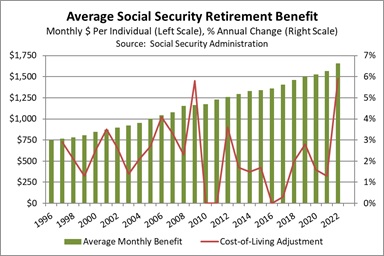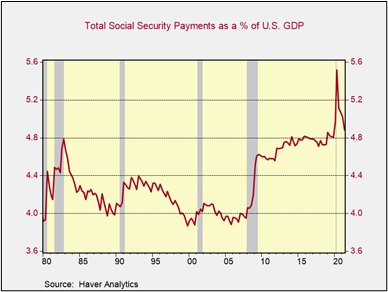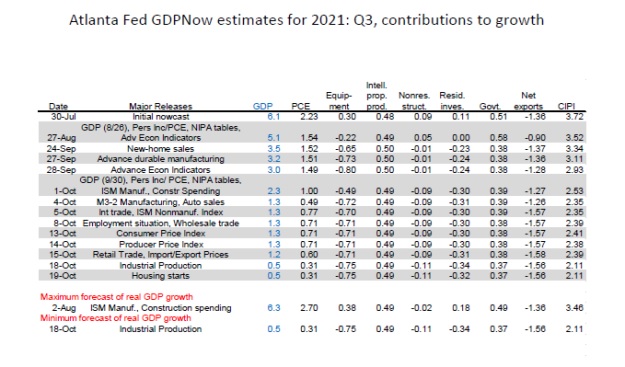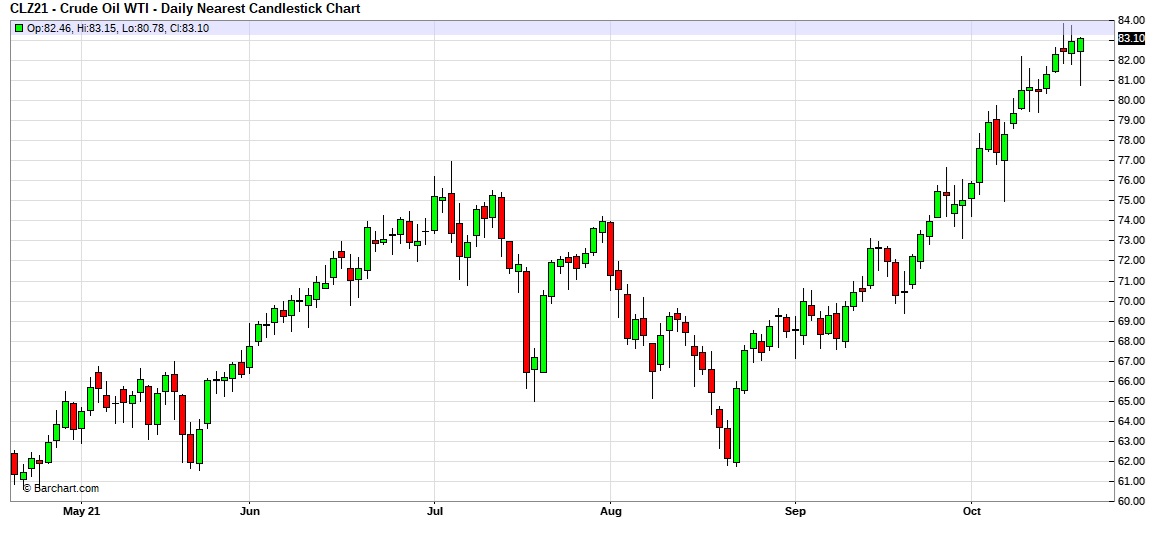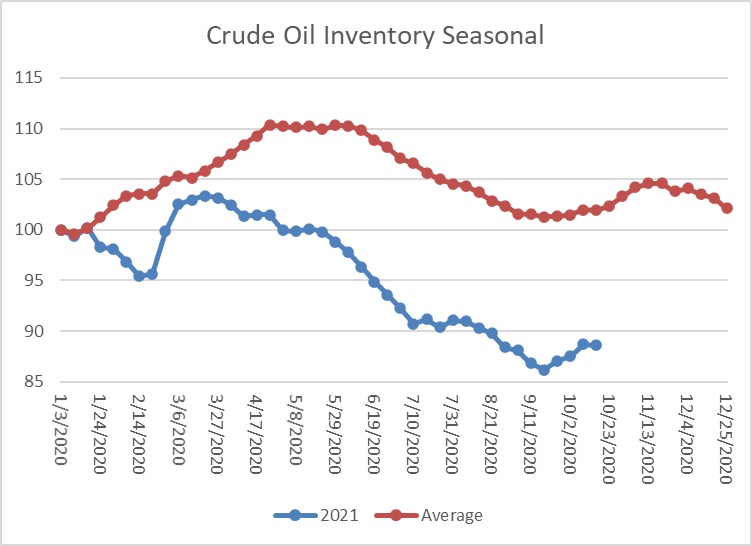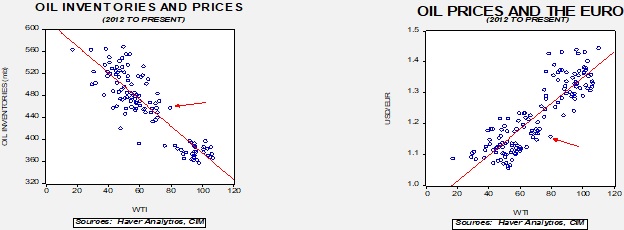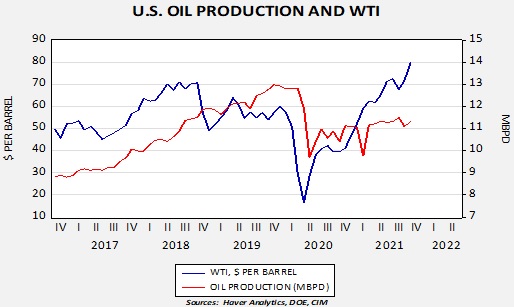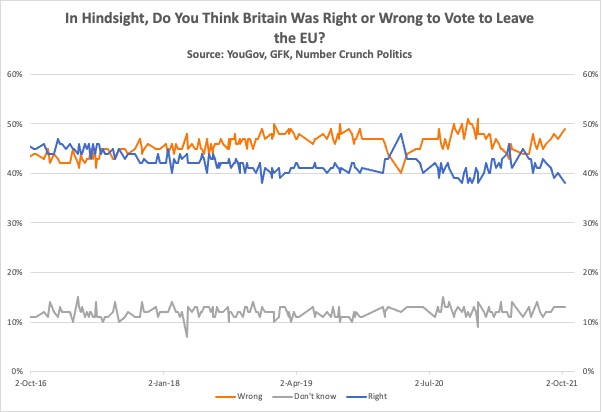by Bill O’Grady, Thomas Wash, and Patrick Fearon-Hernandez, CFA
[Posted: 9:30 AM EDT] | PDF
In today’s Comment, we open with several global issues, ranging from magnesium supply shortages that could further crimp automobile output to a new pilot project on central bank digital currencies in France. We next review the latest real estate developer default in China before turning to a range of other international news that could affect the financial markets today. We wrap up with a couple of U.S. developments and the latest on the coronavirus pandemic.
Global Supply Shortages: Just when you thought the global supply chain issues couldn’t get any worse, new reporting suggests Chinese production curbs have started to show shortages of magnesium. Since magnesium is needed to produce aluminum alloys like those used in automotive products, any shortage of this metal could worsen the global shortage of new automobiles.
Global Digital Currencies: France has used digital assets and blockchain technology in a series of bond transactions, marking one of the most significant trials to date of cryptocurrencies in a leading established market. In the pilot project, a consortium of France’s biggest financial market participants used a digital currency issued by Banque de France as part of the 10-month experiment in the country’s debt market. The experiment underlines how seriously some major central banks are looking at the possibility of issuing and utilizing their own digital currencies, potentially outlawing private digital currencies at the same time.
Chinese Debt Crisis: Yet another Chinese real estate developer has defaulted on its debt. This time, Sinic Holdings (2103.HK, HKD, 0.50) missed repaying $246 million in bonds that matured Monday. That adds to a growing list of heavily indebted developers who have defaulted recently.
- Major developer Evergrande (EGRNY, USD, 9.41) reportedly made a scheduled interest payment today of a domestic bond issue, reflecting the government’s prioritization to protect homebuyers and domestic investors first.
- However, Evergrande this weekend faces the end of its grace period to pay millions of dollars of interest on its international dollar bonds, and that payment remains highly in doubt.
- Markets have now largely priced in the financial problems with Chinese developers, and there is little apparent market impact from today’s Sinic default. However, markets could still react negatively if the wave of defaults worsens or there is any indication of contagion affecting other parts of the economy.
NATO – China: In an interview with the Financial Times, NATO Secretary General Stoltenberg said the alliance’s new military doctrine for the coming decade would address how it will defend against China’s cyberwarfare capabilities, new technologies, and long-range missiles. At one level, the statement reflects how the Biden administration has been working to build coalitions to counter China’s growing geopolitical aggressiveness. At another level, however, the statement probably reflects European concerns that the U.S. will focus less on them unless they pony up to help with U.S. efforts against China.
NATO – Russia: In response to NATO’s expulsion of eight members of Russia’s mission to the alliance earlier this month, the Russian government said it would suspend the mission entirely as of November 1 and close the NATO military mission in Moscow the same day as well. According to Russian Foreign Minister Lavrov, Russia will now deal with NATO through its ambassador in Brussels.
European Union – Rule of Law: In a speech today, EU Commission President Ursula von der Leyen vowed to punish Poland for its continued challenges to the supremacy of EU law over member countries. In particular, von der Leyen said the EU could try to bring Poland in line using legal processes, a formal sanction that could withhold tens of billions of euros in EU funds, or a political process that could strip the country of bloc membership rights.
- Some EU officials prefer a less confrontational approach to Poland and other Eastern European governments that have taken action when at odds with the bloc’s laws and cultural values.
- However, von der Leyen is coming under increased pressure from EU parliament members and other officials who worry about the potential for the disintegration of the EU if member countries don’t follow EU law or adhere to common bloc principles.
European Union – Economic Policy: EU Competition Commissioner Vestager said the bloc may extend its pandemic-related relaxation of rules on state aid to industry “one last time,” but arrangements for certain industries would remain even after the special exemptions are phased out.
- The relaxed rules, which made it easier for European governments to offer financial assistance to their companies in the midst of the coronavirus crisis, are currently due to expire at the end of the year.
- If the relaxation is extended or made permanent for some industries, it would mark significant backtracking from some of the EU’s stringent rules on competition and state-funded assistance to business.
Italy: In another sign of at least partial recovery for Europe’s traditional centrist parties, the center-left Democratic Party won municipal elections and has taken control of both Rome and Turin. In each city, the Democrats beat populist right-wing parties and the struggling Five Star Movement.
U.S. Technology Industry: Congressional efforts to reign in the U.S. technology sector have started to gel, with new legislation now introduced to clamp down on anticompetitive practices and control online content. As we’ve warned many times before, the tech industry worldwide is facing increasing regulatory threats that could have a negative impact on its operations and stock returns.
California Drought: The California Department of Water Resources said the year ended on September 30 was the driest since 1924, measured in terms of precipitation and runoff. Dry weather, warmer temperatures, reduced snowmelt, and population growth have all contributed to drought conditions, which have put added strains on water resources. Potential economic consequences range from mandatory water rationing that reduces agricultural production to decreased reservoir levels that could impede hydroelectric production.
COVID-19: Official data show confirmed cases have risen to 241,261,660 worldwide, with 4,908,382 deaths. In the United States, confirmed cases rose to 45,051,922, with 726,267 deaths. Vaccine doses delivered in the U.S. now total 494,655,075, while the number of people who have received at least their first shot totals 218,973,123. Finally, here is the interactive chart from the Financial Times that allows you to compare cases and deaths among countries, scaled by population.
Virology
- According to the latest CDC data, 66.0% of the U.S. population has now received at least one dose of a vaccine, and 57.0% of the population is fully vaccinated.
- Following on its decisions to authorize booster shots in some cases, the FDA is reportedly preparing to allow people to receive booster shots that are different from their first vaccine doses.
- Washington State University yesterday fired football coach Nick Rolovich for failing to comply with their state’s vaccination mandate, making him the first major college football coach to face professional and financial consequences for his refusal to get the shot. The university also fired four assistant coaches for not getting vaccinated.
- Singapore has eased one of the world’s most stringent pandemic regimes, launching quarantine-free travel arrangements with ten countries after nearly 21 months of closed borders. Vaccinated people now will be able to travel freely to eight countries, including the U.K., the US, France, Italy, the Netherlands, and Canada.
Economic and Financial Market Impacts
- The UN Conference on Trade and Development said international corporate investment in the first six months of 2021 totaled some $852 billion, more than doubling from the $373 billion recorded in the first half of 2020. However, the rebound from the early days of the pandemic was wildly uneven.
- According to the report, international investment in the developed countries more than doubled, reflecting their economic stimulus measures and relatively good prospects, while investment in the poorest countries contracted.
- Most of the growth in investment also reflected mergers and acquisitions, while investment in new industrial production facilities weakened, despite the recent dearth of supply and high prices.
View PDF



